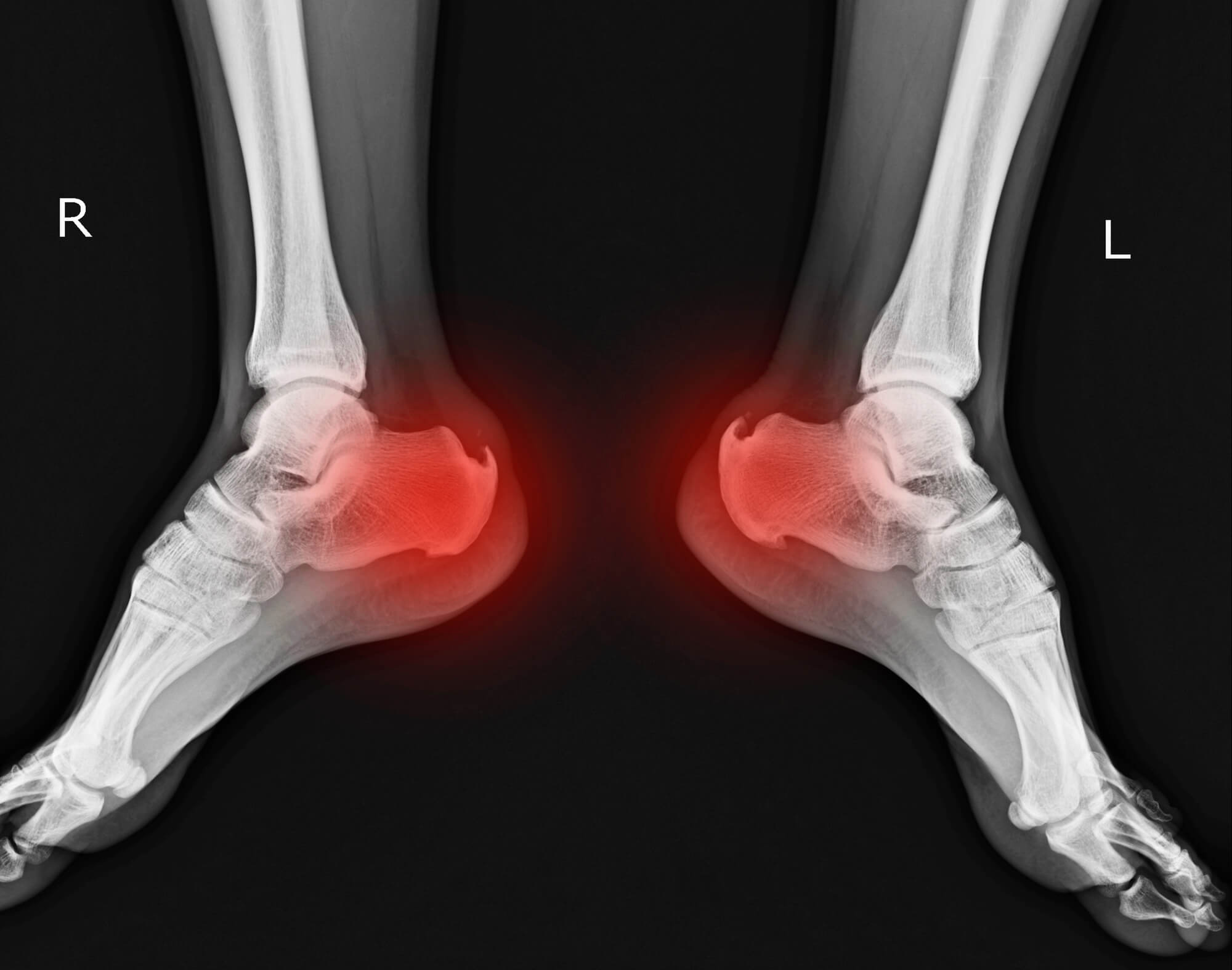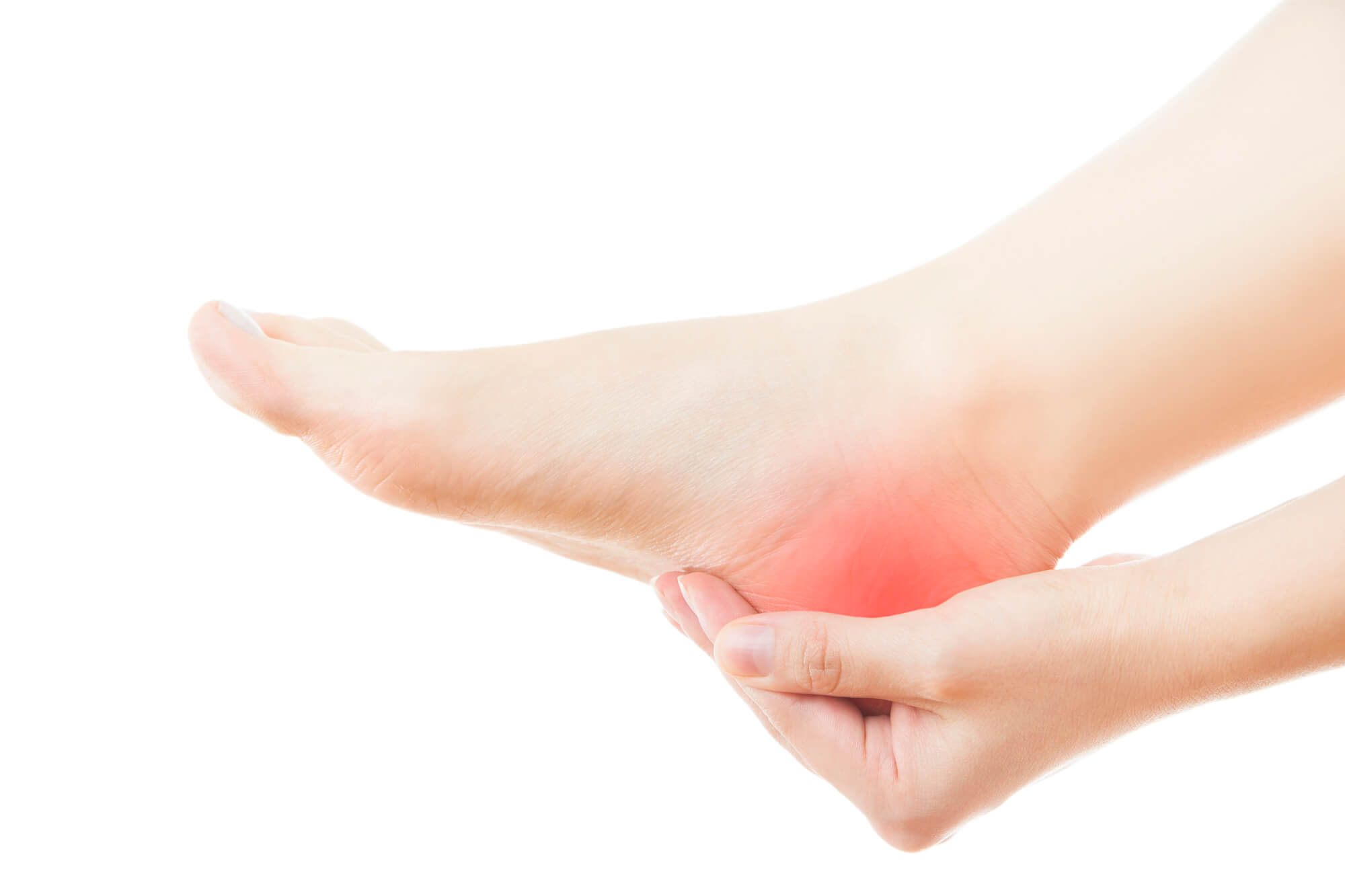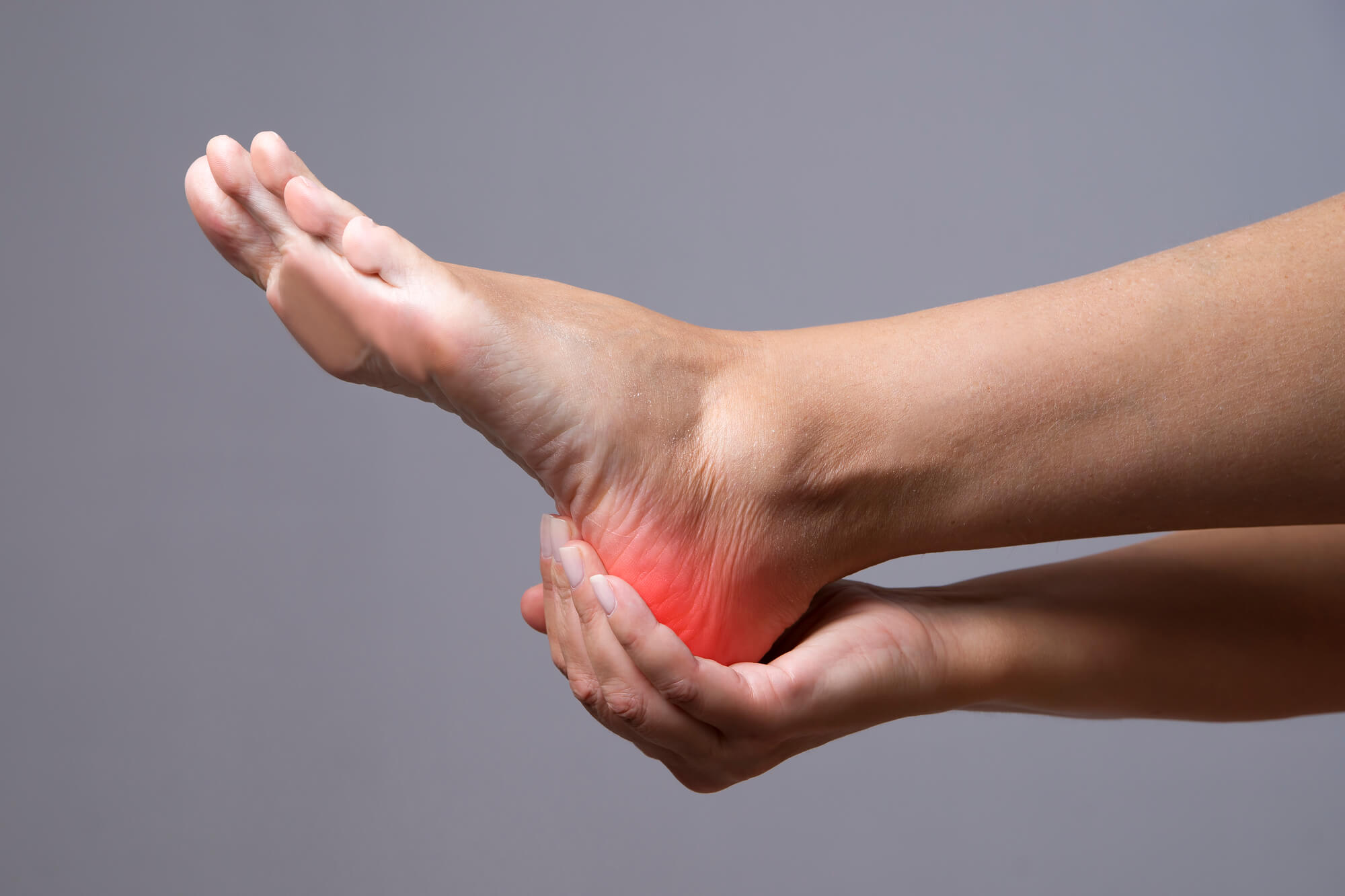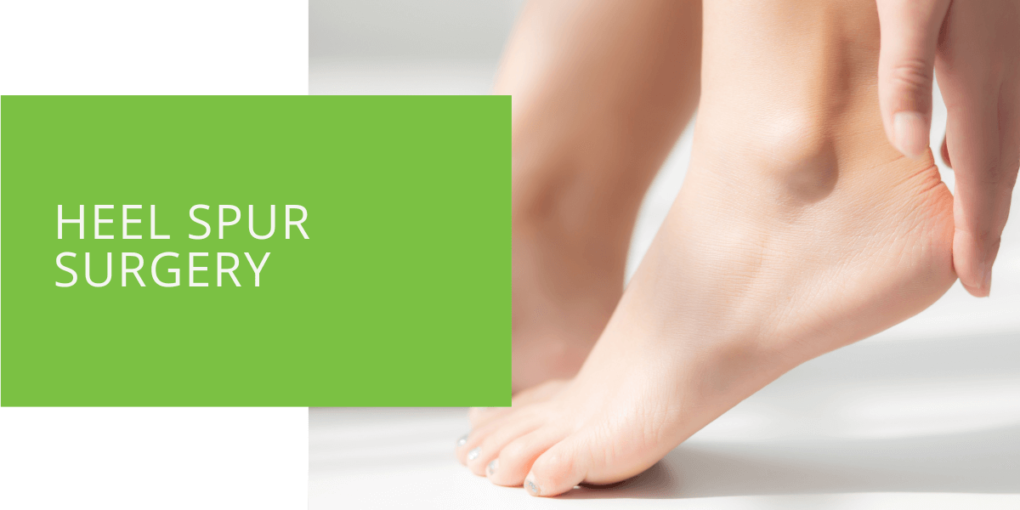Heel Spur Surgery
Heel spur surgery is a procedure that is performed to remove a bony growth on the heel bone. Heel spurs, also known as bone spurs, can cause significant pain and discomfort and affect your ability to walk and participate in daily activities. If you are experiencing heel pain and have been advised by a podiatrist or other medical professional to consider heel spur surgery, this guide is for you.
This article will cover all aspects of heel spur surgery, including the causes of heel spurs, how they are diagnosed, and the various treatment options available. We will also discuss prevention techniques and the recovery process after surgery. By the end of this guide, you should have a good understanding of heel spur surgery and be able to make an informed decision about whether this procedure is right for you.
What Is a Heel Spur?
A heel spur is a bony growth that develops on the heel bone, also known as the calcaneus. These growths can cause pain and discomfort, especially when walking or standing for long periods. Heel spurs are often associated with plantar fasciitis, which causes inflammation of the plantar fascia, a ligament that runs along the bottom of the foot.
Symptoms of Heel Spurs
The most common symptom of a heel spur is heel pain. This pain is often sharp and may worsen when you first get out of bed in the morning or after standing or walking for long periods. You may also feel pain when climbing stairs or performing other activities that put pressure on your heels. In some cases, the pain may be severe enough to affect your ability to walk or participate in normal activities.

Causes of Heel Spurs
Several factors can contribute to the development of heel spurs. These include:
- Overuse: Heel spurs are often the result of overuse, such as running or participating in activities that involve a lot of jumping or pounding on the heels.
- Poor footwear: Wearing shoes that do not provide adequate support or cushioning can increase the risk of heel spurs.
- Obesity: Carrying excess weight puts extra strain on the heels and can lead to the development of heel spurs.
- Age: Heel spurs are more common in people over 40.
- Genetics: Some people may be more prone to heel spurs due to genetic factors.
Diagnosis of Heel Spurs
If you are experiencing heel pain, you must see a podiatrist or other medical professional for a proper diagnosis. They will ask about your symptoms and medical history and may perform a physical examination to check for tenderness or swelling in the heels.
Imaging Tests for Heel Spurs
To confirm the presence of a heel spur, your doctor may recommend one or more imaging tests. These may include:
- X-ray: An X-ray can show the location and size of a heel spur.
- MRI: An MRI (magnetic resonance imaging) can provide a detailed view of the heel bone and surrounding tissues.

Physical Examination for Heel Spurs
In addition to imaging tests, your doctor may perform a physical examination to check for tenderness or swelling in the heels. They may also ask you to perform certain movements or walk on your toes to assess your range of motion and detect any abnormalities.
Treatment Options for Heel Spurs
The treatment approach for heel spurs will depend on the severity of your symptoms and the underlying cause of the spurs. In some cases, nonsurgical treatments may be sufficient to alleviate pain and discomfort.
Conservative treatment options
If your heel spurs are not causing severe pain or discomfort, your doctor may recommend conservative treatment options to manage your symptoms. These may include:
- Orthotic inserts: Custom-made orthotic inserts or over-the-counter arch supports can help to distribute your body weight evenly and alleviate pressure on the heels.
- Stretching exercises: Stretching exercises can help improve flexibility and reduce tension in the plantar fascia, reducing pain associated with heel spurs.
- Anti-inflammatory medication: Nonsteroidal anti-inflammatory drugs (NSAIDs) such as ibuprofen or naproxen can help to reduce inflammation and relieve pain.

Surgical treatment options
If conservative treatment options are ineffective in relieving your heel pain, your doctor may recommend surgical treatment. There are several types of heel spur surgery, including:
- Heel spur removal: During this procedure, the surgeon will make an incision in the heel and remove the bony growth using a scalpel or other surgical instrument.
- Plantar fascia release: If your heel spurs are caused by plantar fasciitis, your surgeon may recommend a procedure to release the plantar fascia. This may involve making an incision in the heel and cutting the plantar fascia to relieve tension and reduce pain.
- Calcaneal osteotomy: In some cases, your surgeon may recommend an osteotomy, a procedure in which the heel bone is cut and realigned to correct a deformity.
Risks and Potential Complications of Heel Spur Surgery
As with any surgery, heel spur surgery carries certain risks and potential complications. These may include:
- Infection: There is a risk of infection after any surgery, although this risk can be minimized by following your surgeon's instructions for wound care.
- Nerve damage: There is a risk of nerve damage during heel spur surgery, although this is rare.
- Scarring: Heel spur surgery may result in scarring at the incision site.
- Persistent pain: In some cases, pain may persist after heel spur surgery.
Recovery and Rehabilitation After Heel Spur Surgery
After heel spur surgery, you will need to rest and avoid putting weight on your foot for several weeks. Your surgeon will provide specific instructions for caring for your incision and may recommend using a splint or crutch to help you walk. You may also be prescribed pain medication to help manage any discomfort.
As your incision heals, you can gradually return to your normal activities. Your surgeon may recommend physical therapy to help you regain strength and flexibility in your foot and ankle.

Preventing heel spurs
There are several steps you can take to reduce your risk of developing heel spurs:
- Wear proper footwear: Choose shoes that provide good arch support and cushioning to help reduce the strain on your heels.
- Maintain a healthy weight: Carrying excess weight puts extra strain on your heels, so maintaining a healthy weight can help prevent heel spurs.
- Stretch and strengthen your feet and ankles: Stretching and strengthening exercises can help improve flexibility and reduce tension in the plantar fascia, reducing your risk of heel spurs.
Conclusion
Heel spur surgery is a procedure to remove a bony growth on the heel bone that causes pain and discomfort. While nonsurgical treatments such as orthotic inserts and stretching exercises may be sufficient to alleviate symptoms in some cases, surgical treatment may be necessary for more severe cases. If you are experiencing heel pain, you must see a podiatrist or other medical professional to determine the cause and the best course of treatment.
Heel spur surgery carries certain risks and potential complications. Still, with proper care and rehabilitation, most patients can return to their normal activities and experience a significant reduction in heel pain.
If you are considering heel spur surgery, it is important to discuss your treatment options with your doctor and carefully weigh the benefits and risks. Following your doctor's instructions and taking steps to prevent heel spurs can help ensure a successful surgery and a faster recovery.

